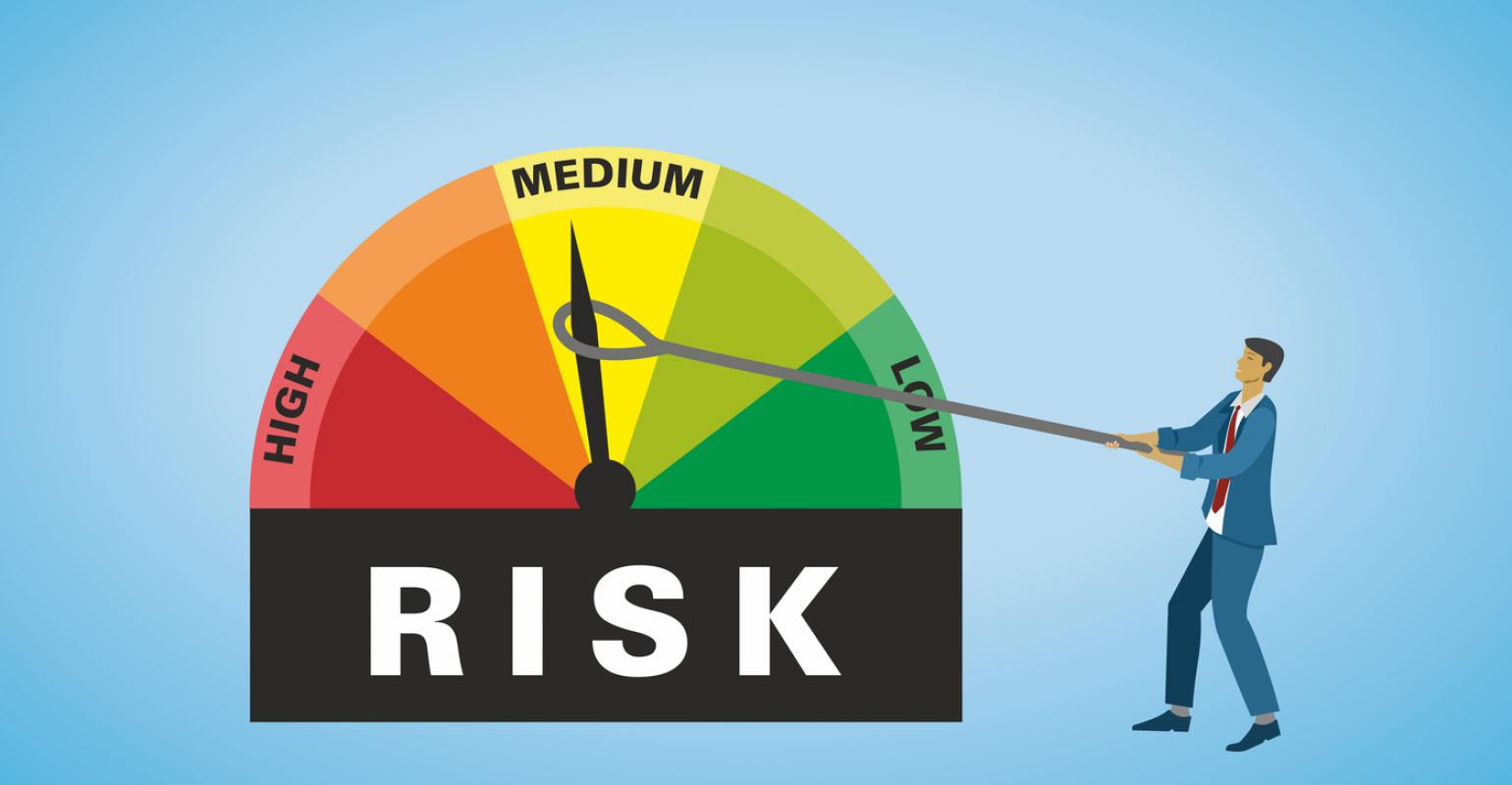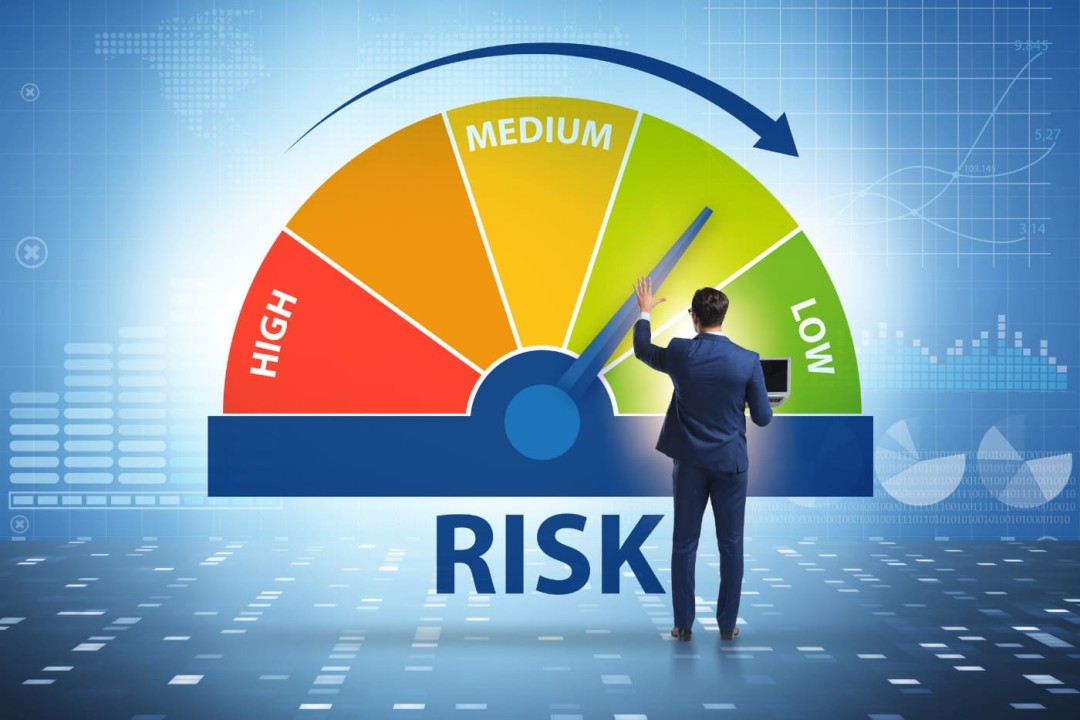In today’s hyper-connected world, where information travels at the speed of light, protecting your brand and reputation is paramount. Companies invest significant resources in building their brand image, but one misstep can lead to irreparable damage. Understanding and effectively managing brand and reputation risk is essential for long-term success and sustainability.
Understanding Brand and Reputation Risk

Definition and Importance
The brand represents the tangible elements of a company, such as its logo, products, and services, while reputation is the perception and sentiment associated with the brand. Brand and reputation are closely intertwined, with reputation serving as the foundation of brand trust and credibility. Maintaining a positive reputation is crucial for attracting customers, investors, and stakeholders.
Types of Brand and Reputation Risks
1. Financial Risks
Financial scandals or economic downturns can significantly impact a company’s brand reputation and financial stability.
2. Operational Risks
Operational failures, such as supply chain disruptions or product recalls, can tarnish a company’s reputation and erode customer trust.
3. Legal and Compliance Risks
Violations of laws and regulations, such as data breaches or environmental misconduct, can lead to legal repercussions and damage to brand reputation.
4. Cybersecurity Risks
Cyberattacks and data breaches pose a significant threat to brand reputation, resulting in a loss of customer trust and confidence.
Factors Contributing to Brand and Reputation Risk
1. Social Media Impact
Social media platforms amplify both positive and negative brand sentiments, making it crucial for companies to actively monitor and manage their online presence.
2. Public Perception
Public perception of a company’s actions and behaviors directly impacts its brand reputation, highlighting the importance of ethical conduct and corporate social responsibility.
3. Product Quality and Safety
Quality issues or safety concerns with products can lead to widespread negative publicity and damage to brand reputation.
4. Leadership and Governance
Effective leadership and transparent governance play a vital role in shaping brand reputation and instilling trust among stakeholders.
Impact of Brand and Reputation Risk
1. Financial Consequences
Damage to brand reputation can result in significant financial losses, including decreased revenue and market capitalization.
2. Loss of Trust and Credibility
A tarnished brand reputation leads to loss of trust and credibility among customers, employees, and investors, impacting long-term relationships and loyalty.
3. Market Share Erosion
Negative publicity and brand scandals can drive customers to competitor brands, leading to a decline in market share and competitiveness.
4. Stakeholder Confidence
Brand reputation directly affects stakeholder confidence and perception, influencing investment decisions and partnerships.
Managing Brand and Reputation Risk
1. Proactive Risk Assessment
Conducting thorough risk assessments enables companies to identify potential threats and vulnerabilities to their brand reputation.
2. Crisis Management Plans
Developing robust crisis management plans allows companies to respond effectively to brand and reputation crises, minimizing damage and restoring trust.
3. Stakeholder Engagement
Engaging with stakeholders, including customers, employees, and communities, fosters transparency and accountability, enhancing brand reputation.
3. Communication Strategies
Implementing clear and timely communication strategies helps companies maintain transparency and manage stakeholder expectations during crises.
Measuring and Monitoring Brand and Reputation
Utilizing key performance indicators and advanced monitoring tools enables companies to track brand sentiment and identify potential risks in real-time.
Role of Leadership in Mitigating Brand and Reputation Risk
Effective leadership is essential in setting the tone for ethical conduct, fostering a culture of integrity, and ensuring accountability in brand reputation management.
Future Trends
Evolving threats, such as cyberattacks and social media risks, necessitate ongoing innovation in brand reputation management strategies, including the integration of AI and data analytics.
Conclusion
In today’s digital age, where brand reputation can make or break a business, safeguarding against brand and reputation risk is non-negotiable. By understanding the types and impact of brand reputation risks, implementing proactive risk management strategies, and fostering a culture of transparency and integrity, companies can protect their most valuable asset—their reputation.
Are you ready to take proactive steps in managing your brand and reputation risk effectively? Request a demo from AIM Technologies today and discover how our innovative solutions can help safeguard your business legacy.
FAQs
What is the difference between brand and reputation?
- The brand represents tangible elements like logos and products, while reputation is the perception associated with the brand.
How can social media impact brand and reputation risk?
- Social media amplifies both positive and negative brand sentiments, making it crucial for companies to actively manage their online presence.
What are some examples of brand and reputation risks?
- Examples include financial scandals, operational failures, legal violations, and cybersecurity threats.
How can companies recover from a damaged brand reputation?
- Companies can recover through transparent communication, proactive steps to address issues, and rebuilding trust with stakeholders.
Why is proactive risk management essential in safeguarding brand reputation?
- Proactive risk management allows companies to identify and address potential threats before they escalate, minimizing damage to brand reputation.




